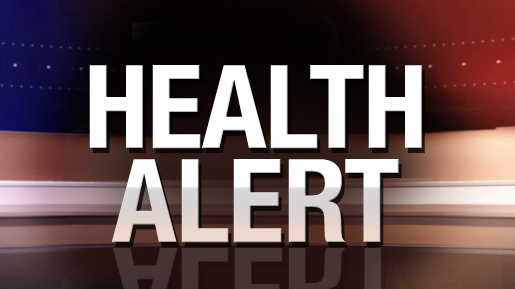Measles Update – May 29, 2014

The CDC held a media briefing (May 29, 2014) on the increase number of measles in the US so far this year. Due to the news reports you may get questions from patients and the community. Below is information and recommendations taken from the CDC press release and attached is the MMWR and handouts for patients with questions.
2014 Measles Case Numbers:
- Two hundred and eighty-eight cases of measles were reported to the Centers for Disease Control and Prevention (CDC) this year.
- This is the largest number of measles cases in the United States reported in the first five months of a year since 1994.
- More than one in seven cases has led to hospitalization.
Ninety percent of all measles cases in the United States were in people who were not vaccinated or whose vaccination status was unknown. - Among the U.S. residents who were not vaccinated, 85 percent were religious, philosophical or personal reasons. “The current increase in measles cases is being driven by unvaccinated people, primarily U.S. residents, who got measles in other countries, brought the virus back to the United States and spread to others in communities where many people are not vaccinated,” – Dr. Anne Schuchat, assistant surgeon general and director of CDC’s National Center for Immunizations and Respiratory Diseases.
Look for Signs and Symptoms:
- More than ever health care providers need to be alert to the possibility of measles and be familiar with the signs and symptoms so they can detect cases early.
- Patients who present with fever and rash along with cough, runny nose, or pink eye should be evaluated for measles; especially, if the patient is unvaccinated and recently traveled internationally or was exposed to someone else who has measles or recently traveled.
- If healthcare providers suspect a patient with measles, they should immediately isolate the patient to help prevent the disease from spreading, immediately report the case to their local health department and collect specimens for serology and viral testing.
Timely vaccination is the best way to prevent measles:
- Infants and young children are at high risk of getting a serious case of measles.
CDC recommends two doses of measles, mumps, and rubella (MMR) vaccine for everyone starting at age 12 months. - For those travelling internationally, CDC recommends that all U.S. residents older than 6 months receive MMR vaccine, if needed, prior to departure.
- Healthcare providers should use every patient encounter to ensure that all their patients are up to date on vaccinations; especially, before international travel.
Maricopa County Information from outbreak – April 2014.
Press Release: Measles case confirmed in Maricopa County, April 9, 2014
Healthcare providers are reminded to report suspected cases of measles.
- Measles Screening Tool
- Measles Surveillance Alert
- Measles Signage to Post – English | Spanish
- Measles Description Flyer
- CDC Information for Healthcare Professionals
More information about measles:
- WeArePublicHealth.org
- Signs and Symptoms – WhyImmunize.org
- Where to go to get vaccinated – Arizona | Maricopa County
Interact with TAPI
[dc_social_feed id=”9094″]